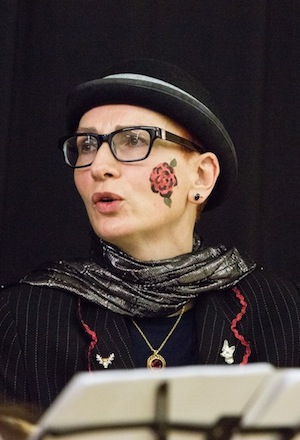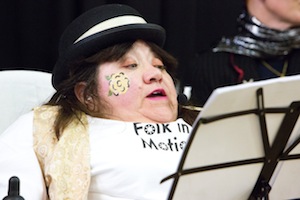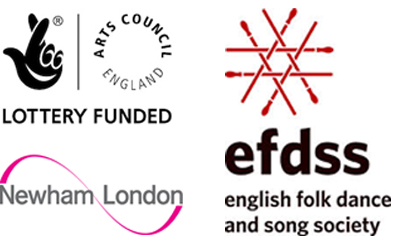Calling wolk dances You can download this information in Word and PDF formats.
The caller often teaches the dances as well, but these are separate skills and a great teacher may still prefer to work with a separate caller. However, the caller will still need to be able to organise the dancers and take them through the choroegraphy at the start of each dance. The caller doesn't usually dance, but it is (just) possible to join in as well as to call if this is necessary to make up the numbers. * You can find the wolk calls in bold print at the start of each section of the choreographic notes, and on separate sheets at the end. * Learn the dances you are calling thoroughly before you start, and ensure that you are familiar with the music and when the changes take place. If your team already has a caller, start by learning to call just one easy dance. * Practice calling at home to a video of the dance. * A successful caller needs to be heard. The wolk warm-up is also beneficial for this, but warm up your voice too and sharpen your diction by humming and running through the letters of the alphabet as a minimum. Where possible, also use amplification — wheelchair users will often have conditions that impact on their hearing, and everyone will be struggling to hear over the music. * Introduce the calls as early as possible when your group is learning a new dance. This will enable you to get the most practice, and the dancers to link the words to the movements they are learning. * Always begin the call, and finish the majority of it, before the move that you are calling starts. For example, any movements that need to take place during the introduction should be called before the music begins. The first movement is then called after the introductory music has begun and before the first movement takes place. * Even if the group is familiar with a dance, unless you are performing in front of an audience, the caller will usually start by running the dancers through the dance slowly and without the music. * Make sure you are watching the dancers so you can call corrections as necessary (this is one reason for learning the calls and dances by heart, and only using the calling sheets as prompts). If you call an individual correction and don't know a dancer's name, use their colour instead.
* Callers will usually choose the dances, as these need to be ones they are familiar with. If you are choosing the dances, make sure you have a mix of easier and more difficult dances, in different formations such as circle dances and longways sets. * Callers often take charge of the music too. If you are calling for the first time, try to practice with the equipment beforehand. If someone else is operating the music, make sure you are aware of how to communicate with each other and you have time to call the introduction (if necessary) before the music starts. You can find further resources online at The Round, Cambridge University's English Country Dance Club which has a wide range of other excellent resources linked to it as well: https://round.soc.srcf.net/dances#calling Calling for wheelchair dancing follows the same format as for other calling dance forms. If you are in reach of London, the English Folk Dance and Song Society (EFDSS) runs one-off Callers' Development Days. These are very modestly priced, and cover calling to a diverse range of groups.
Photo:
Hugh Hill
|

 One
of the benefits of wolk dancing is that it's a 'calling' dance form.
This means that each change of movement is prompted by someone reminding
the dancers of the next move, using a shortened version of the choreographic
notes. 'Calling' makes wolk accessible to a wide range of wheelchair
users with conditions that impact on their memory, particularly as
the dancers' long-term and muscle memories of the dances develop with
repetition too.
One
of the benefits of wolk dancing is that it's a 'calling' dance form.
This means that each change of movement is prompted by someone reminding
the dancers of the next move, using a shortened version of the choreographic
notes. 'Calling' makes wolk accessible to a wide range of wheelchair
users with conditions that impact on their memory, particularly as
the dancers' long-term and muscle memories of the dances develop with
repetition too.  *
Try to stick to the official calls, because this ensures that dancers
can move between teachers and teams and can join in at larger events.
However, you may need to adapt your calls to suit the needs of your
individual dancers on some occasions.
*
Try to stick to the official calls, because this ensures that dancers
can move between teachers and teams and can join in at larger events.
However, you may need to adapt your calls to suit the needs of your
individual dancers on some occasions.
